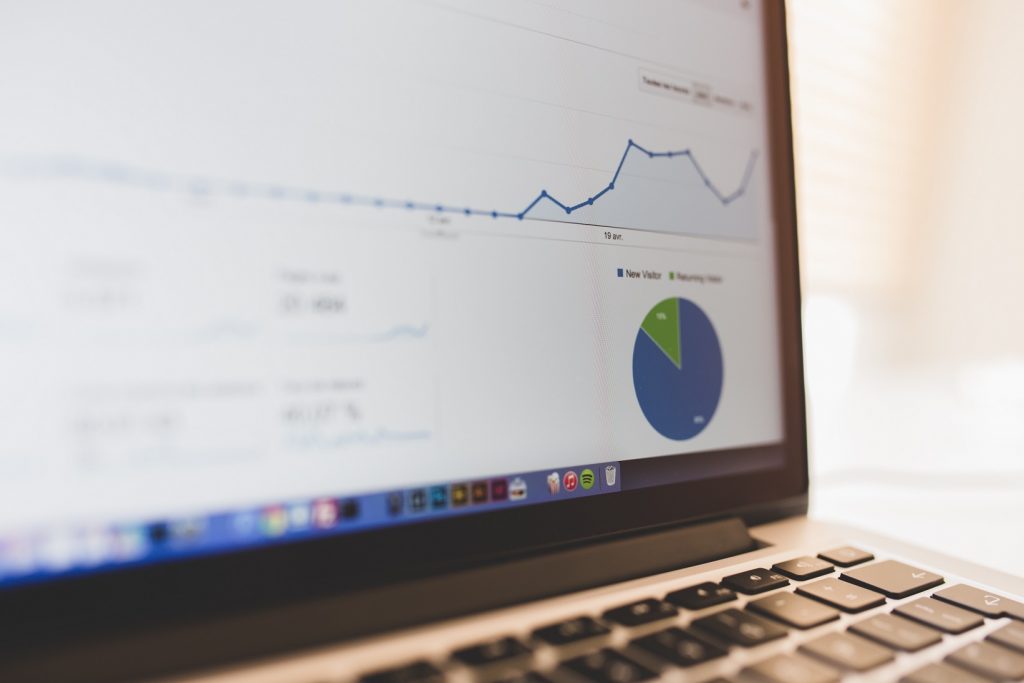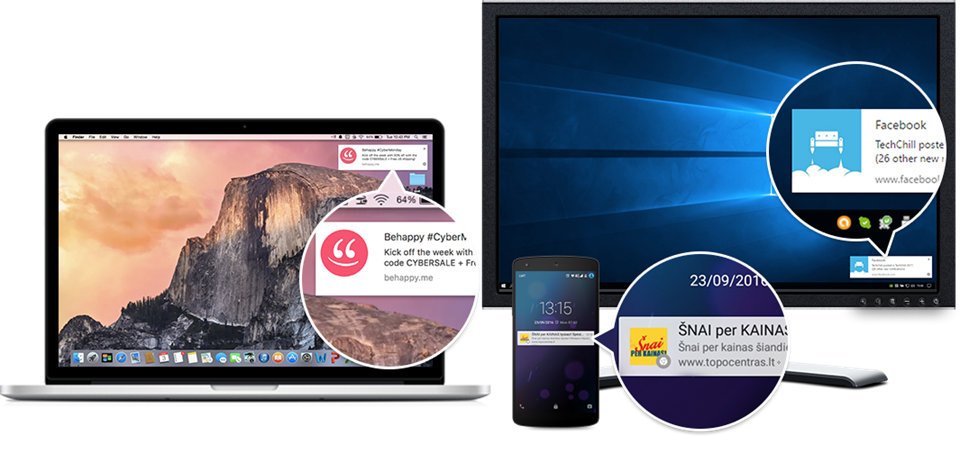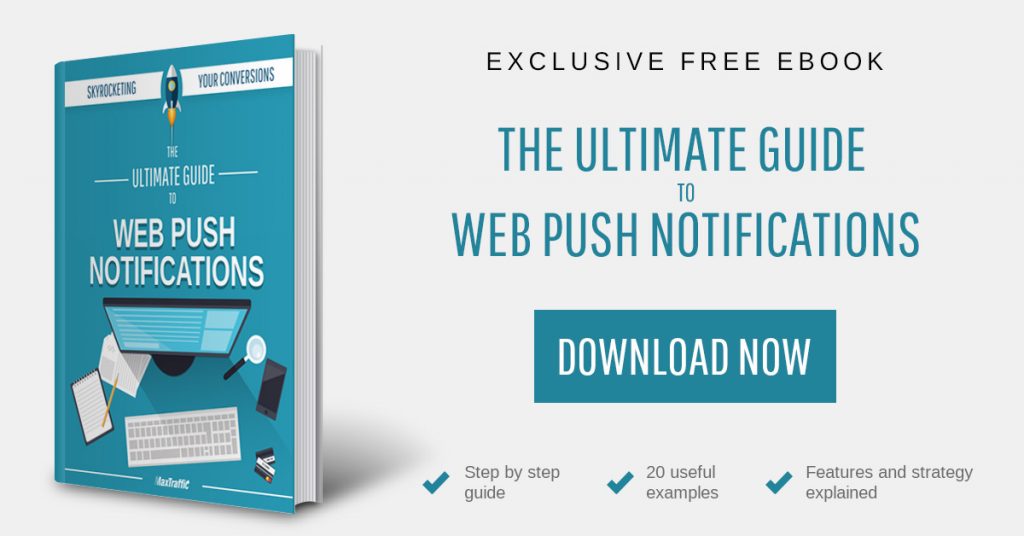
The same tools that allow businesses for fast international expansion, give an opportunity to communicate with their customers in real time. Yet, communication with customers is often omitted in the chase for new client. Even though by now every marketer agrees that social media platforms are doing a great job helping businesses to spark a conversation with their customers, it is not the only way to reach prospects in real time. However, there is one more thing that marketers professional have started integrating as an essential part of their marketing strategies. And that is push notifications for desktop and mobile.
What is push notification?
Simply put, push notification is a message sent from a company user knows and wants to hear from. These messages can appear both on desktop and mobile at the time of your choice. That is why push notification is considered as a real-time marketing tool that allows reaching customers and prospects instantly even when they are not browsing your website.
It is important to understand that push notification engagement with users is purely dependent on one’s decision whether they accept or decline the invitation to receive push notifications in the first place.
If user accepts the invitation to receive push notifications from your website, you have a green light to start the communication. Just don’t rush into it, there are couple of things you should be aware of when developing communication strategy for push notifications.
Frequency
Push notification is considered as high engagement communication tool. Therefore, you must be aware that being too frequent with your messages can leave users annoyed.
Unfortunately, there is no golden rule to follow when it comes to deciding how often you should send push notifications, but there are a couple of factors that can help approximating it. Most marketers agree that profile of the industry you are in, as well as your user behavior, are the keys to finding that sweet spot. It is natural to expect gambling sites to send updates to their visitors couple of times a day because user behavior of such websites suggest they are eager to engage with it frequently. On the other side of the scale could be fast loan companies, which are advised to be less pushy. Imagine, you took a loan for 3 months and every other day you receive an offer to take another one. It is very unlikely you will click on the offer, not even speaking about converting into a customer.
If you are still not sure about the frequency of your messages the only way to figure it out is by testing it. Carefully monitor your campaigns and observe the results to learn which frequency works the best for your business and audience.
Targeting
Assumption that every user wants to hear about the same thing is not quite right. Each user who accepted the invitation to receive notifications from your website did it for different reasons. Moreover, each one of them have different expectations of what this decision of theirs will bring them.
Generic messages give little to no value for both your customer or prospect and your business. Let’s say you run a clothes store and you’ve got a promotion coming on all winter jackets. You should consider that even though it might be a winter season where you are, some of your customers and prospects could be living in warm climates. This offer is irrelevant to them, therefore you should have them excluded from the receivers list.
Being able to tailor different offers according to different segments of users helps not only to create more personal connection but also gives you a greater chance to convert them into customers. Therefore, do not rush to send your messages. Instead, take some time to analyze your subscribers in order to present them a relevant offer.
Timing
You have to make sure that users’ who are about to receive a notification from you have time not only to read it but also take an action you are encouraging them to take. That is why, choosing a right timing as important.
By this time you should already be familiar with the lifestyle and daily habits of your average user. Do not take this knowledge for granted. It is reported that notification click rates are significantly higher during weekdays between noon and 5 PM (based on average user). However, you should take in consideration that not everyone has 8 to 5 job five days a week. Therefore, you might have to tailor your strategy accordingly.
Also, keep in mind that some of your users might be located all over the world. To reach out to them and receive desired feedback from them, adjust your push notification schedule to their local time.
Message
Push notifications are meant to help you re-engage with your customers and prospects. Therefore, they should communicate a concrete message with a clear value for the user in order to be effective. Whatever your objective might be (special offer, reminder, invitation, announcement) push notification should always encourage users to take some kind of action which would eventually result in users converting into customers.
Your messages should have a common style and original content. In this case, original content does not only mean outstanding and catchy writing, but also a writing that is not repetitive. Put yourself in your prospect shoes: receiving the same type of offer with the same type of quirky joke will grow old and annoying in no time. Communication strategies for push notifications should be as well thought through as any other marketing plan.
One last thing, make sure you direct your customers and prospects to correct landing page. Let’s say your online electronics shop is running a special promotion on computers. Instead of directing users to your homepage, “take” them to computer category of your store. It is more likely they will consider your offer more seriously when already having the goods in their sight.
Overall, push notification is a great communication tool when used correctly. To make the most of it, regularly adjust your strategy based on real-time results. Do not forget to be playful and not too pushy!


